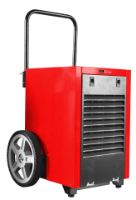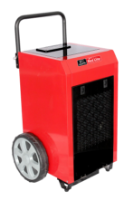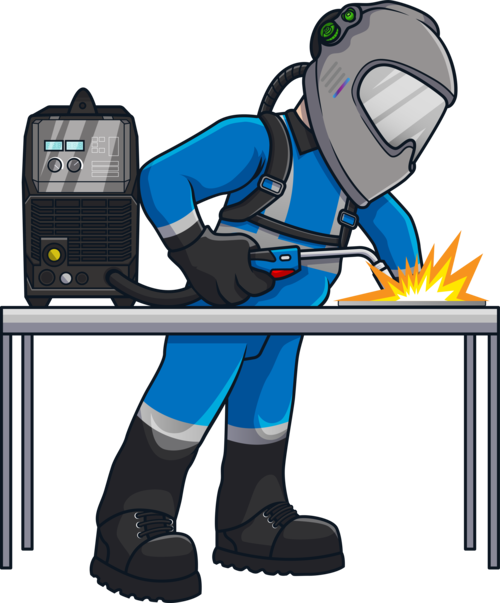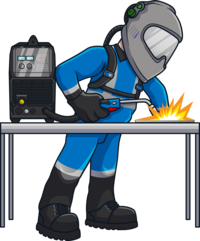Table of Contents
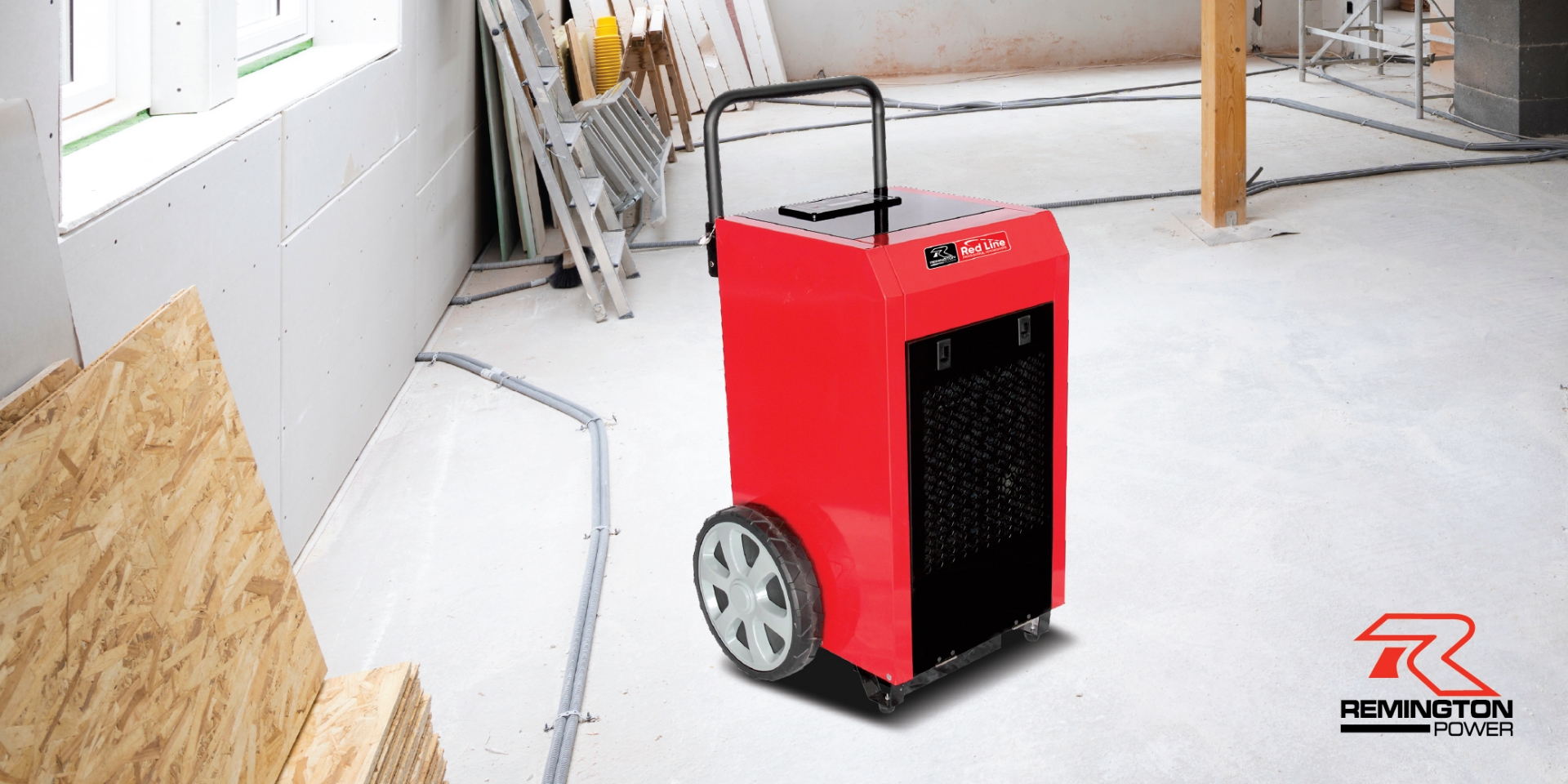
New Zealand workshops—whether used for automotive repairs, fabrication, or equipment servicing—frequently face one persistent challenge: excess humidity. With coastal climates, seasonal rainfall, and semi-insulated buildings, many workshops experience condensation, damp air, and fluctuating temperatures contributing to rust, mould, and equipment deterioration.
This guide explains how workshop dehumidifiers work, why they’re vital for preserving operational equipment and maintaining productivity, and how to choose the right option for your space.
How Moisture Affects Workshops and Equipment
Workshops typically have roller doors, large entrances, and high ceilings that allow moisture to enter freely, particularly when workers, vehicles, or equipment carry in water. These spaces often lack proper airflow or heating, allowing condensation to settle and linger.
Once relative humidity exceeds 60%, rust begins to form rapidly on uncoated steel, machine surfaces, and electronic components. This can lead to seized tools, bearing failure, electrical faults, and expensive repair or replacement costs. For many trades and industrial operations, uncontrolled humidity means avoidable downtime. Above 70% humidity, mould and mildew develop on timber, insulation, storage materials, and surfaces. This affects both health and hygiene and can contribute to unpleasant odours and respiratory risks in the workplace.
Using a dehumidifier, such as the Remington RPDH50, can help maintain humidity at optimal levels, preventing these problems and preserving the integrity of your workshop.
Why a Workshop Dehumidifier Is a Smart Investment
A dehumidifier specifically designed for workshop use removes excess moisture from the air and circulates drier air throughout the space. This protects metal tools, stored materials, electronics, machinery, and the building infrastructure itself.
More importantly, maintaining optimal humidity levels helps extend the service life of capital equipment, prevents breakdowns, and supports a safer and healthier working environment.
In industrial operations where uptime is essential—such as machining, welding, or electronics servicing—air moisture control is not optional, it’s part of a reliable maintenance plan.
Using a dehumidifier in a workshop offers several advantages:
Prevention of Condensation, Damp, and Mould: Dehumidifiers extract excess moisture from the air, preventing condensation and damp conditions that can lead to structural damage and health hazards.
Rust and Corrosion Protection: Maintaining relative humidity between 45% and 50% prevents rust and corrosion on vehicles, tools, and machinery. This protection helps avoid expensive repairs and extends the lifespan of valuable equipment.
Protection of Stored Items: Many workshops serve as storage spaces. A dehumidifier safeguards items such as furniture and equipment from moisture damage, ensuring they remain in good condition.
Improved Air Quality: A dry workshop environment enhances overall air quality. This is particularly important for health and safety of all employees, as it reduces musty odours and allergens, creating a more comfortable and healthier space to work in.
How Workshop Dehumidifiers Work
There are two main types of dehumidifiers suitable for workshops:
Compressor (Refrigerant) Dehumidifiers
These use cold coils to condense moisture from warm, humid air. They are most effective in heated workshops where temperatures stay above 15°C. High-end models can operate down to 5°C but become less efficient in cooler spaces
Desiccant Dehumidifier
These use a chemical rotor to absorb moisture and are highly effective in colder, unheated spaces. Desiccant models perform consistently in low temperatures and are suitable for year-round use in environments without climate control.
Choosing the Right Dehumidifier for Workshop Conditions
- Assess the Workshop Size: The larger the workshop, the more moisture it holds. Choose a unit with sufficient extraction capacity (litres per day) to match your space’s volume and typical humidity levels.
- Consider Operating Temperature: A desiccant dehumidifier is ideal for unheated or cold workshops. In warmer, temperature-regulated environments, a compressor model may be more energy-efficient.
- Plan for Continuous Operation: If your workshop has frequent moisture input (e.g., from machinery, weather, or personnel movement), a dehumidifier with continuous drainage is essential. Look for models with:
- A built-in pump
- Hose drainage connection
- Floor drain compatibility
- Portability or Fixed Installation:
- Portable units can be moved between workshop bays or stored when not needed.
- Wall-mounted or fixed floor units provide permanent, unattended operation for consistent humidity control.
Remington RPDH50 – Built for Demanding Workshop Environments
For workshop managers needing a robust and high-capacity solution, the Remington RPDH50 stands out as an excellent option. Designed specifically for industrial and commercial use, this professional-grade dehumidifier extracts up to 50 litres of moisture per 24 hours, making it well-suited for larger workshop environments or spaces with persistent humidity issues.
Equipped with a 960W rotary compressor, the RPDH50 is engineered for performance and durability. Its built-in pump can evacuate water up to 5 metres in height, enabling continuous operation without being limited by tank capacity—ideal for workshops where downtime isn’t an option. This makes it particularly effective in flood recovery, excavation areas, or moisture-heavy processing zones.
The dehumidifier also includes automatic defrosting, a digital control panel, and a removable air filter, which makes maintenance easy and efficient. Its quiet operation at only 66 dBA ensures it can run in active workshop environments without excessive noise disruption.
Mobility is a key benefit of the RPDH50. It’s mounted on large, shockproof wheels and features a sturdy metal frame with a removable handle, allowing it to be repositioned easily—even on uneven workshop floors or gravel yards. This flexibility is especially useful for trades operating across multiple bays or job sites.
What sets the RPDH50 apart is its versatility. It’s not only ideal for regular humidity control but also excels in accelerating drying times for plaster, timber, paintwork, and moisture-sensitive materials—all common in workshops and industrial settings. It performs best when used in tandem with a mobile fan for enhanced air circulation.
In short, the Remington RPDH50 is a well-engineered solution for controlling moisture in professional settings. Its high extraction rate, rugged design, and continuous operation features make it a dependable choice for New Zealand’s demanding workshop environments.
Setting Up and Maintaining a Dehumidifier
Consider setting up a continuous drainage system for effective moisture control. This can be achieved using a model with a built-in condensate pump or by connecting the unit to a hose leading to a drain or container.
To maximise performance, follow these guidelines:
- Position the dehumidifier centrally for even moisture extraction.
- Regularly clean filters and empty water collection tanks (if applicable).
- Maintain relative humidity at 45%-50%.
- Use a hygrometer to monitor humidity levels and adjust settings accordingly.
Regular monitoring helps maintain optimal humidity control and prevents potential issues before they develop.
Humidity Control in New Zealand Workshops
Across New Zealand—from Auckland to Invercargill—many workshops are built in semi-insulated or repurposed industrial structures that trap moisture. Combined with our damp coastal climate and unpredictable weather, it’s common to experience year-round humidity problems.
A workshop dehumidifier for NZ conditions should offer:
- Strong water extraction performance
- Continuous drainage capability
- Low-temperature reliability
- Rugged design suitable for trade environments
At Proline Industrial, we supply dehumidifiers that meet these criteria, tailored to Kiwi tradespeople and industrial settings.
Humidity might seem like a minor issue, but left unmanaged, it can lead to costly equipment failure, hazardous conditions, and reduced productivity. Whether you’re running a machinery workshop, service centre, or general fabrication business, the right dehumidifier helps you maintain control of your environment. With a well-chosen unit, you’ll reduce maintenance costs, protect your tools and infrastructure, and create a more productive workspace.
Need help selecting a dehumidifier for your workshop?
Talk to the team at Proline Industrial for expert recommendations based on your location, workshop size, and operational needs. We’ll help you keep moisture out—and performance up.













































